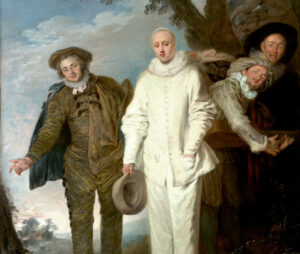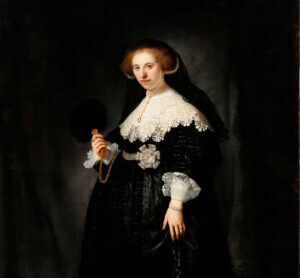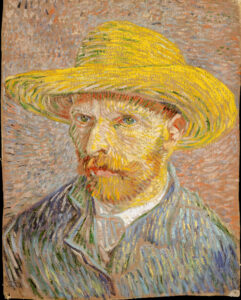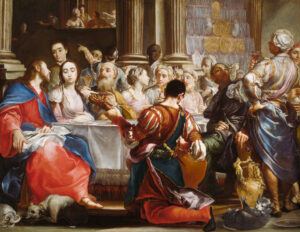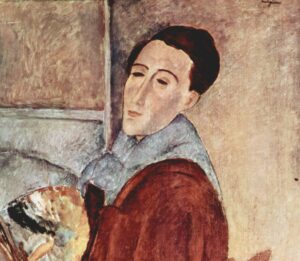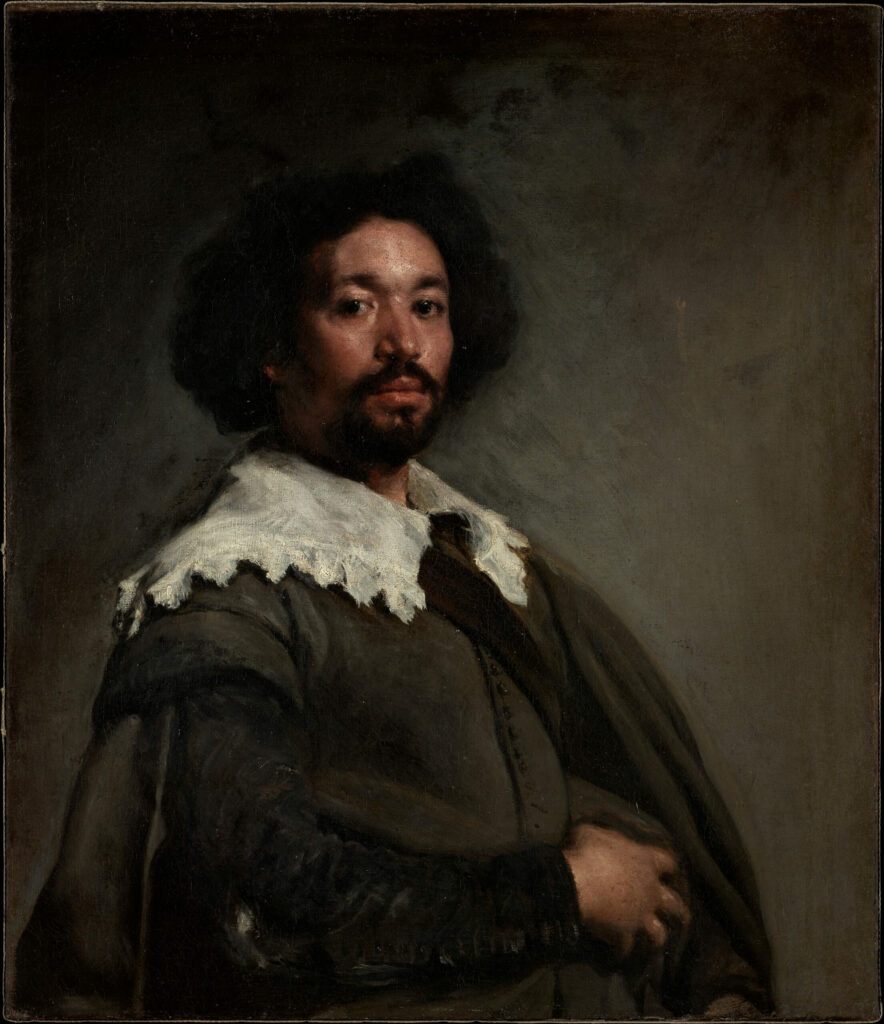
In this striking portrait, considered one of his masterpieces, Velázquez transcends the conventions of his era to deliver an image of profound humanity of his assistant Juan de Pareja.
The three-quarter pose, direct and proud gaze, and brilliant lace collar against dark clothing confer upon the subject an extraordinary dignity and presence.
The painterly technique, of dazzling virtuosity, manifests in the treatment of light that models the face with infinite subtlety, in the reflections of the undulating hair, and in the rendering of different textures—from the matte fabric of the doublet to the transparency of the lace. The palette, sober yet rich in nuances, dominated by grays and browns, heightens the intensity of the gaze and the living flesh tones of the face.
Further Context
- Portrait of Juan de Pareja, Diego Velázquez, 1650
- 32 x 27 1/2 in. (81.3 x 69.9 cm)
- The Metropolitan Museum of Art, Fifth Avenue, New York, exhibited in Gallery 625
- https://www.metmuseum.org/art/collection/search/437869
Diego Velázquez (1599-1660) is considered one of the greatest masters of Spanish Golden Age painting. Official painter to the court of Philip IV, he revolutionized portraiture through his ability to capture not only physical appearance but also the psychological essence of his subjects. This portrait of Juan de Pareja, created during his second stay in Rome, marks the pinnacle of his art and testifies to his modernity: by representing his assistant with such dignity, he transcends the prejudices of his time and affirms the equal humanity of all beings, beyond social conditions.

